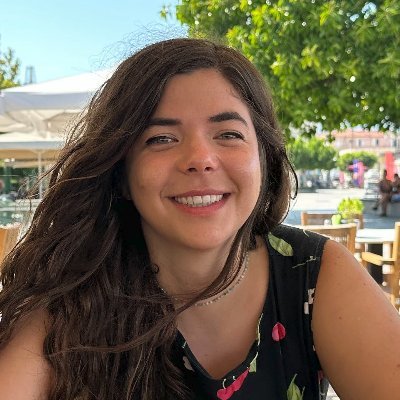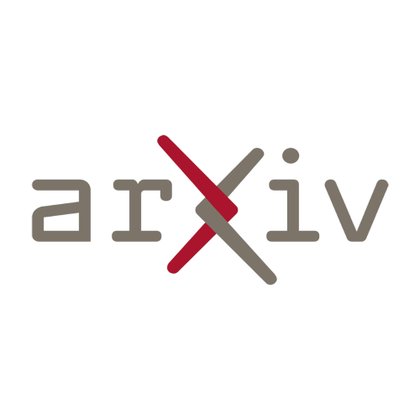
Isabel Papadimitriou @ ICML 🌄🌲🐋
@isabelpapad
Followers
1K
Following
1K
Media
16
Statuses
77
(jolly good) Fellow at @KempnerInst, incoming assistant professor at @UBCLinguistics (Sept 2025). PhD @stanfordnlp with the lovely @jurafsky.
Joined November 2020
Do you want to understand how language models work, and how they can change language science? I'm recruiting PhD students at UBC Linguistics! The research will be fun, and Vancouver is lovely. So much cool NLP happening at UBC across both Ling and CS!
9
72
328
RT @jurafsky: Now that school is starting for lots of folks, it's time for a new release of Speech and Language Processing! Jim and I adde….
0
60
0
RT @aclmeeting: 📅 25-Year ToT Award (2000). Daniel Gildea & Daniel Jurafsky:. “Automatic Labeling of Semantic Roles”. ACL 2000. 🔗 https://t….
aclanthology.org
Daniel Gildea, Daniel Jurafsky. Proceedings of the 38th Annual Meeting of the Association for Computational Linguistics. 2000.
0
9
0
@antara_raaghavi is applying for PhDs this fall! She’s super impressive and awesome to work with, and conceived of this project independently and carried it out very successfully! Keep an eye out 🙂.
0
0
1
More in the preprint! This project was led by Antara, with @elmelis and Kate Davidson.
arxiv.org
Across languages, numeral systems vary widely in how they construct and combine numbers. While humans consistently learn to navigate this diversity, large language models (LLMs) struggle with...
1
0
3
Why can’t LMs solve puzzles about the number systems of languages, when they can solve really complex math problems? Our paper led by @antara_raaghavi looks at why this intersection of language and math is difficult, and what this means for LM reasoning!
2
1
18
Check out our ACL paper! We use shapley interactions to see which words (and phones) interact non-linearly -- what we lose when we assume linear relationships between features. Chat to Diganta in Vienna!.
ACL paper alert! What structure is lost when using linearizing attribution like Shapley? We show the nonlinear interactions between features reflect structures described by the sciences of syntax, semantics, and phonology.
0
7
36
RT @SashaBoguraev: A key hypothesis in the history of linguistics is that different constructions share underlying structure. We take advan….
0
22
0
Man, those sparse autoencoder concepts sure can be unstable: you see one thing if you train it once and something totally different if you train it again. unless you use Archetypal SAEs!.
Train your vision SAE on Monday, then again on Tuesday, and you'll find only about 30% of the learned concepts match. ⚓ We propose Archetypal SAE which anchors concepts in the real data’s convex hull, delivering stable and consistent dictionaries.
0
1
19
RT @iseeaswell: 😼SMOL DATA ALERT! 😼Anouncing SMOL, a professionally-translated dataset for 115 very low-resource languages! Paper: https://….
0
11
0
RT @QuantaMagazine: Computational linguists Julie Kallini (left) and Christopher Potts think that large language models might have somethin….
0
24
0
RT @jcrwhittington: 🔊Panel Announcement! Very excited to ask “Is this the end of Scale?” at the Global Summit in Boston on Dec 4: https://t….
0
3
0
Isaac does some of the most impactful NLP work that I know! This is not just 'Google LM magic', it's the result of extremely hard-nosed and outside-the-box data work and linguistic work, as well as working with speakers. And the whole combo that makes Isaac Isaac!.
Excited to announce that 110 languages got added to Google Translate today! Time for context on these languages, especially the communities who helped a lot over the past few years, including Cantonese, NKo, and Faroese volunteers. Also, a 110-language youtube playlist. 🧵.
2
4
60










